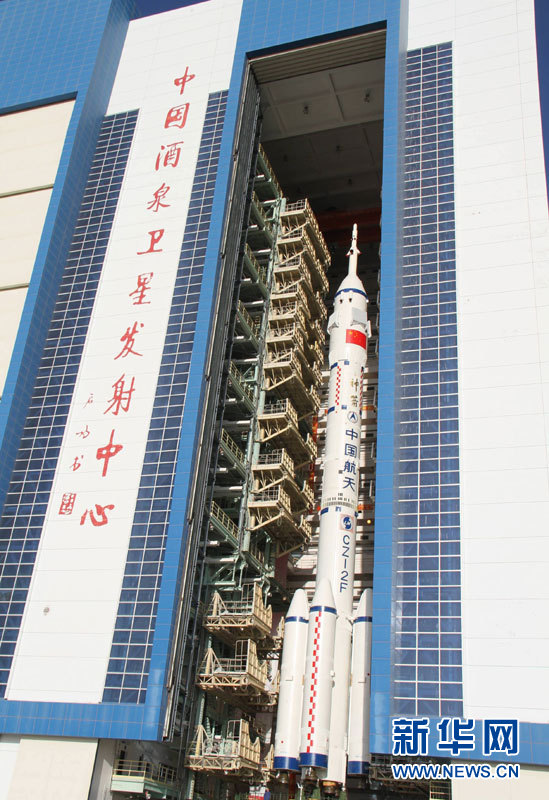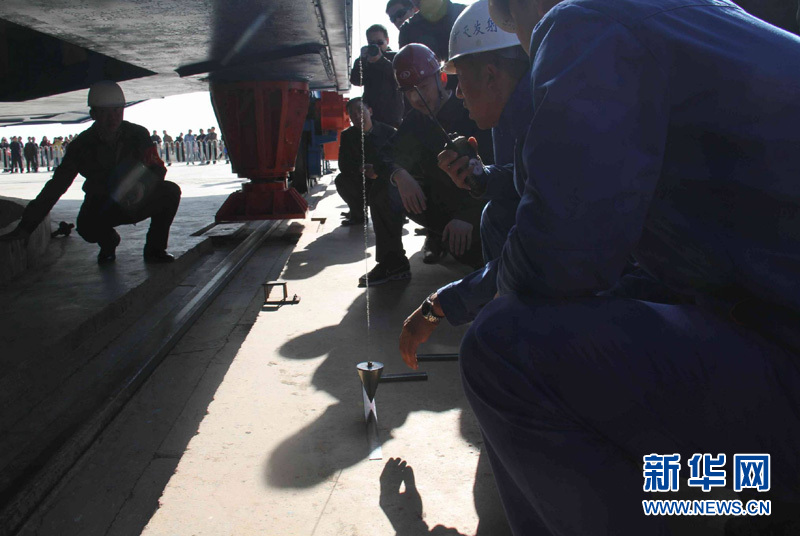China plans 2012 manned space flight after docking test
BEIJING | Mon Oct 31, 2011 11:58am IST
BEIJING (Reuters) - China will launch up to two manned space missions in 2012 as it hones the skills needed to secure a long-term manned presence in outer space, an official spokeswoman said on Monday, on the eve of the launch of an unmanned spacecraft.
The spokeswoman for China's space programme, Wu Ping, said a rocket will lift the unmanned Shenzhou 8 spacecraft into orbit from northwest China on Tuesday at 0558 a.m. local time (2158 GMT), preparing the way for the spacecraft to dock with the Tiangong 1, an experimental module launched on Sept. 29.
The rendezvous and docking exercises between the two vessels are part of China's effort to develop the technological and logistical skills needed to run a full space lab that could house astronauts for long stretches.
The next step, planned for 2012, will entail similar exercises with at least one mission carrying astronauts onboard, Wu told a news conference at the launch site in the Gobi Desert, according to a transcript on an official news website (
ä¸å›½ç½‘--网上ä¸å›½).
"Next year, we will carry out the Shenzhou 9 and 10 flight missions, and they will also carry out rendezvous and docking tests with the Tiangong 1," said Wu.
"According to the mission plans, at least one of the two flights next year will be manned," she added.
Beijing is still far from catching up with the established space superpowers: the United States and Russia. The Tiangong 1 is a trial module; not the building block of a space station.
Russia, the United States and other countries jointly operate the International Space Station, to which China does not belong. But the United States will not test a new rocket to take people into space until 2017, and Russia has said manned missions are no longer a priority for its space programme, which has struggled with delays and glitches. China's impending unmanned tests will help determine whether a modified version of the Shenzhou spacecraft "is suited to the needs of manned space travel," said Wu
Bringing together craft in the vastness of space is one of the key skills needed for an advanced aeronautic programme that includes a space station. Collisions can be costly, even fatal.
"It is quite difficult and risky to join together two vehicles travelling at high speeds in orbit, with a margin of error of no more than 20 centimetres," Wu said.
China launched its second moon orbiter last year after it became only the third country to send its astronauts walking in space outside their orbiting craft in 2008.
Wu said crew members have been selected for the possible space missions next year, including two female astronauts.
Beijing also plans an unmanned moon landing and deployment of a moon rover in 2012. Scientists have talked about the possibility of sending a man to the moon after 2020.
China is also jostling with neighbours Japan and India for a bigger presence in space, but its plans have faced international wariness. Beijing says its aims are peaceful.
(Reporting by Sally Huang and Chris Buckley; Editing by Sanjeev Miglani)








